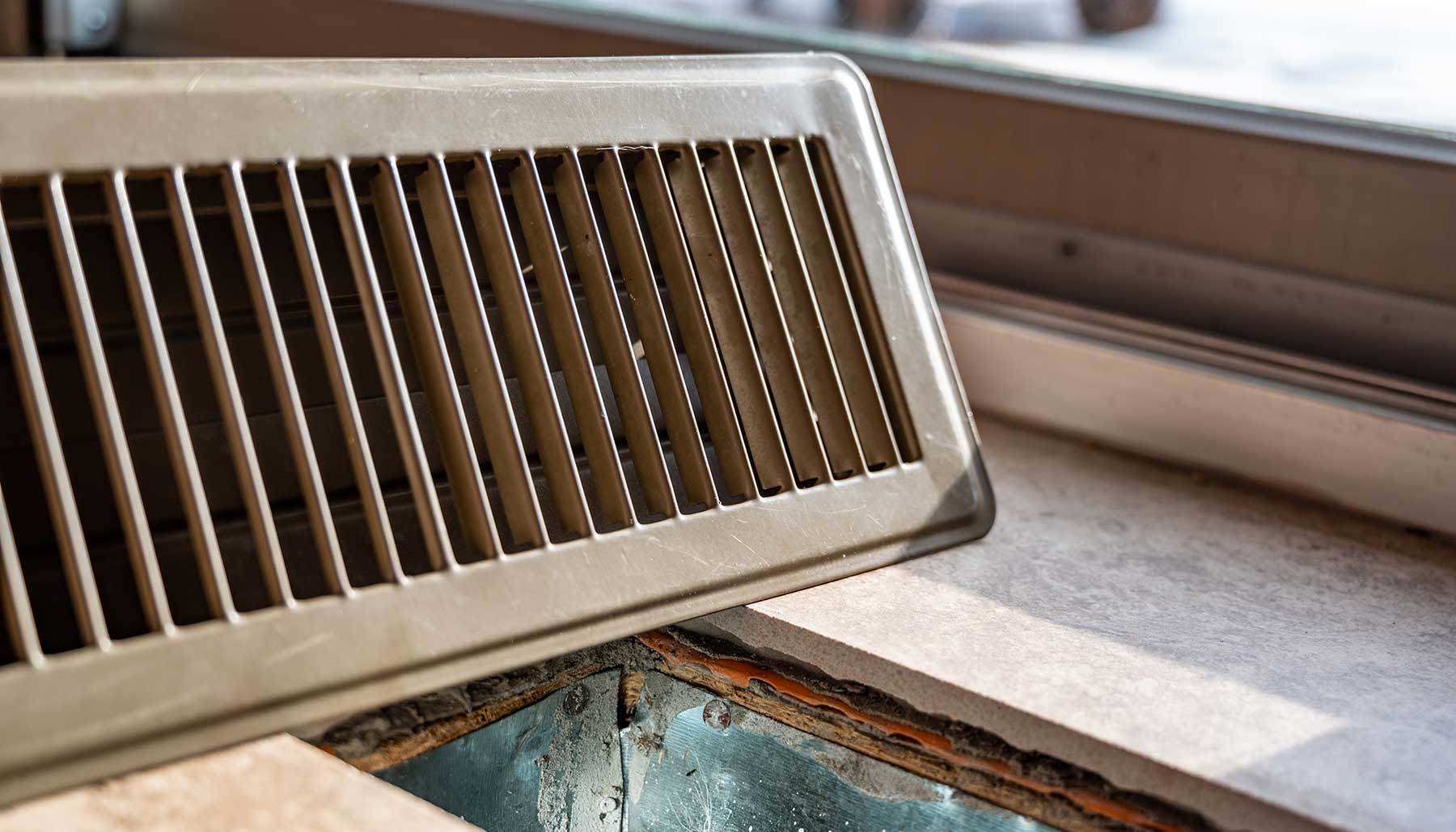How high is your energy bill right now?
A couple of years ago, I realized mine was high, to say the least. It had been going up gradually over the years, but it seemed to climb almost overnight! Think of it as sticker shock, but with a utility that I need to live. I can’t exactly just live without an electric bill.
Look, I admire people who live off the grid. It’s just not feasible for me. And I’m assuming that’s also the case for a lot of other people, too. So we just keep forking over money for energy…
Fortunately, there are ways to bring the cost down, at least. There are plenty of ways that can reduce our use of electricity. Even if they only bring it down slightly, they all add up to bigger savings at the end of the month!
Featured: Other Simple Ways to Save Money
Switch to LED Light Bulbs
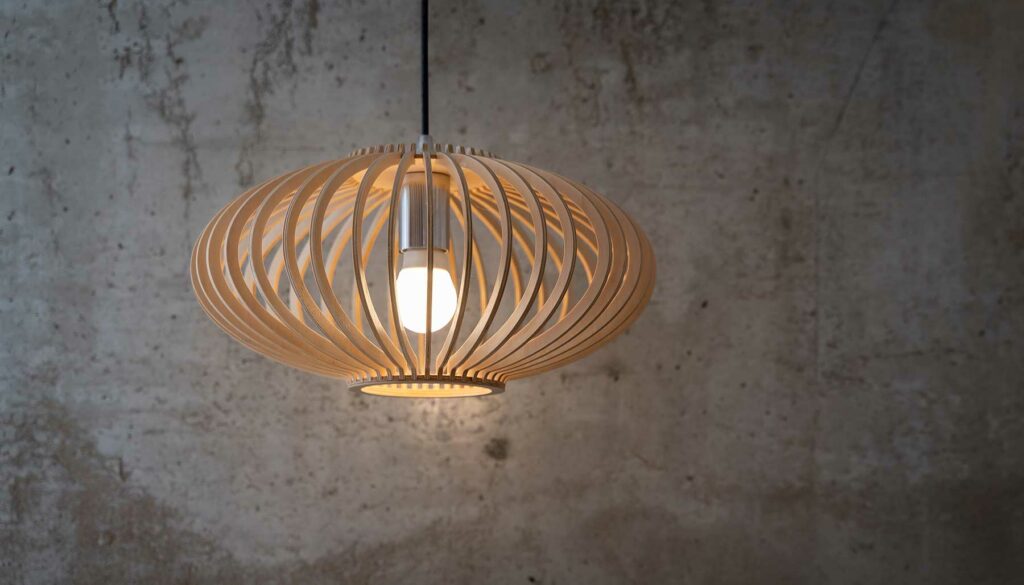
By now, a lot of people have switched over to energy-efficient lighting. It is still worth it to mention this, though. In the event you’re still rocking old-school light bulbs, it’s definitely time to make the switch to LED.
LED light bulbs use so much less energy. According to the U.S. Department of Energy, they use at least 75% less energy than incandescent lighting. Plus, they will last up to 25 times longer than an incandescent bulb, and even 3 to 5 times longer than a CFL bulb.
LED bulbs are available in a variety of sizes to fit just about any light fixture, from regular lamps to under-cabinet lighting. Even LED holiday string lights are available these days.
Upgrade to Energy-Efficient Appliances
This is another obvious one. It’s well known that older appliances aren’t as energy-efficient as they could be. If you are in the market for an appliance upgrade, make sure your new ones have that Energy Star label. They will use something like 25% less energy than your old ones.
After making the switch, it’s important to use your new appliances more efficiently, too. Keep the fridge and freezer set at optimal temperatures, don’t overload the clothes dryer, and always wash full loads in the washing machine and dishwasher.
Use the Dishwasher
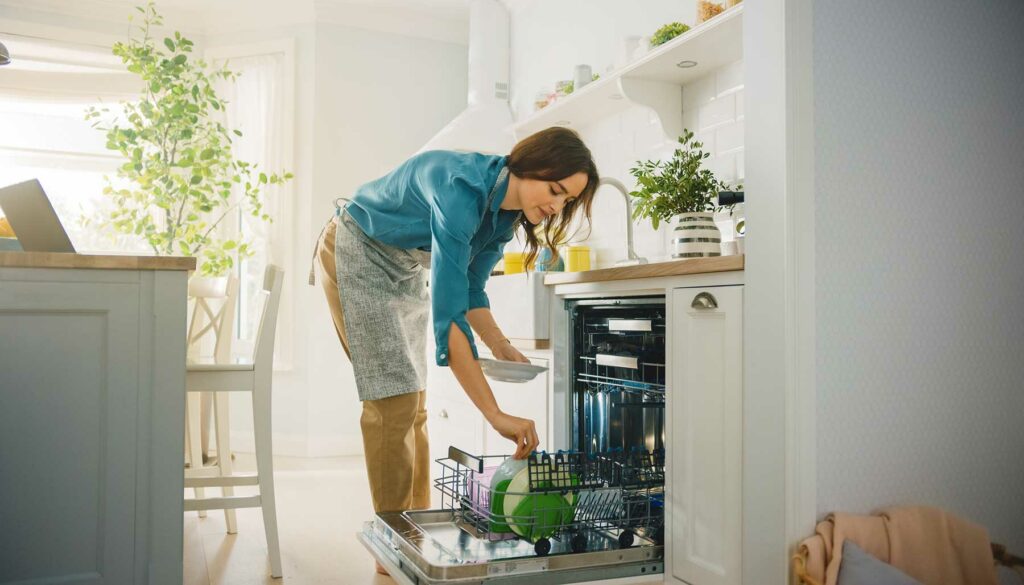
Speaking of the dishwasher, use it! Although dishwashers do use electricity – both to run, and because they use hot water – they can actually help you save energy versus the alternative. This is especially true if you have an Energy Star-qualified dishwasher.
Washing dishes by hand isn’t just time-consuming. Scrubbing all those dishes in the sink also uses a lot more water than a dishwasher. So while you might have been throwing dirty dishes in the dishwasher to save yourself countless hours, you can now do it in the name of energy efficiency, too.
Let the Dishes Air Dry
Even though you are using the dishwasher to wash all those plates and pots, you don’t want to turn on the heated dry cycle. By opting out of that function, you can reduce your dishwasher’s energy use by quite a bit.
Some dishwashers have an air-dry option. But for most of us, this probably just means cracking the dishwasher door open and letting the dishes dry on the rack.
Utilize Small Appliances
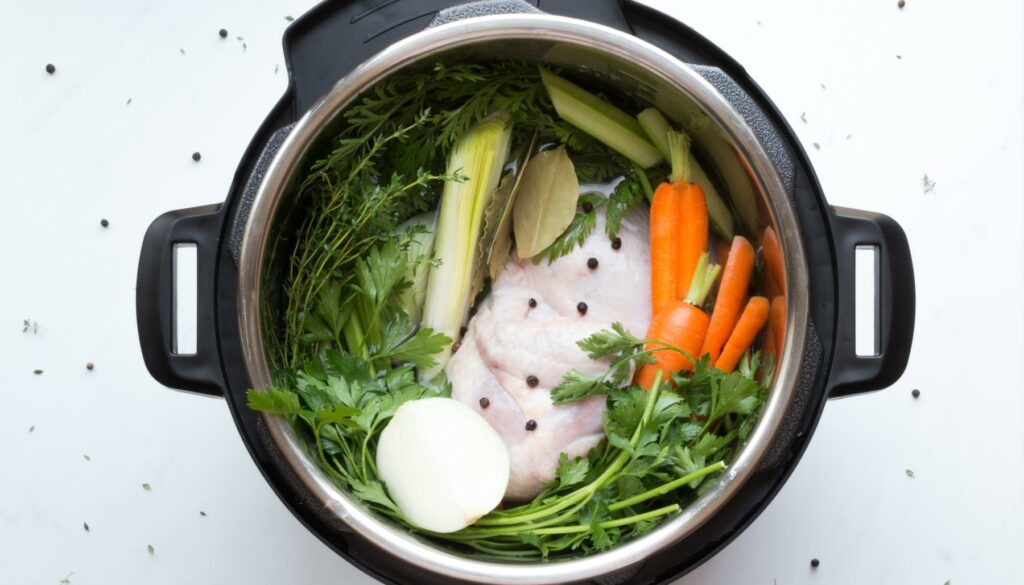
Even if you have an energy-efficient oven or range, you could be using more energy than you need to when cooking. If you are making something small, you don’t need all that space, right? It’s kind of like running a dishwasher that is only half full.
Make use of small appliances when cooking or heating smaller dishes. This could be a microwave, a toaster oven, a countertop convection oven (aka your trusty air fryer!), or a multi-cooker like the Instant Pot. These smaller appliances will be just the right fit, and they will use a lot less energy.
Seal Air Leaks
During the summer, we want to keep cold air in and hot air out. And during the winter, we want to keep the warm air in, and all that cold out. Unfortunately, a lot of air could be leaking out (and in) around your doors and windows. This happens when weatherstripping or caulk is old or damaged.
Caulk and weatherstripping don’t last forever, so check your windows and doors for leaks. If you can feel a little draft, it’s time to seal it up. Do this routinely to ensure you’re not “heating the whole neighborhood,” as my dad might say.
Check for Leaky Ductwork
You can also be leaking warm or cold air before it ever arrives in your home. If the ductwork under the house has cracks, holes, or clogs, you’re not getting all of the warm or cool air from the HVAC. Instead, it’s just leaking out under the home, ruining the HVAC’s efficiency.
True story: I once lived in a home where one of the ducts wasn’t even connected to the vent properly, so it was leaking tons of air.
If you have older ductwork, you think it’s leaking, or it’s never been cleaned, have it checked out by a professional.
Replace the HVAC Air Filter
Another way to keep your HVAC running efficiently? Regularly replacing the air filter. It is typically found in the return air duct. With most newer systems I usually see it in a hallway, but that isn’t always the case. Look for a large metal grate on a wall, ceiling, or floor.
Regularly replacing the air filter will prevent it from getting clogged up with hair, dust, dirt, and anything else it sucks up. The filter prevents all that stuff from getting into the ductwork or HVAC unit. But if you never replace it, you run the risk of low airflow, making the unit work harder to keep up.
Keep Vents Open and Clear
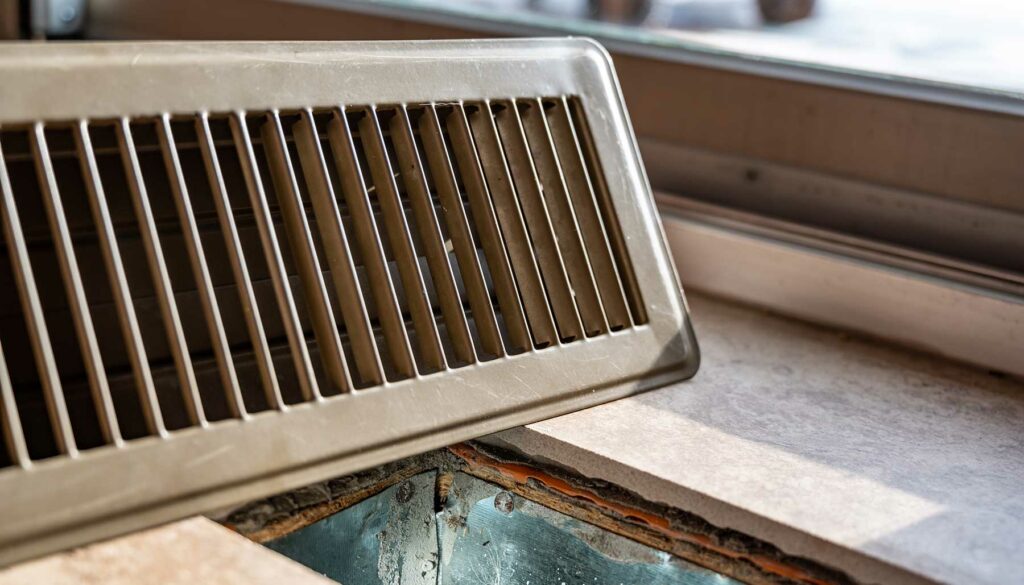
Similar to the return vent, you want to keep the other vents in your home open and clear, too. It’s all about airflow. If your vents are closed or blocked, your furnace or air conditioner is not able to distribute air around the home like it’s supposed to.
Uneven temperatures across the house can cause your thermostat to read incorrectly. It ends up with the HVAC working twice as hard to cool or heat the home, using up extra energy.
Switch to a Smart Thermostat
Installing a smart thermostat was one of the best things I did in my house. I know that changing the temperature when I leave is a good way to conserve energy, but it’s one of those things I just can’t seem to remember as I’m running out the door.
Having a smart thermostat is a huge lifesaver. Not only can I control it from my phone – like when I realize I forgot to turn the thermostat down and I’m already gone – but I can set up routines for it, too. I can program it to change the temperature according to my daily routine. As an added bonus, some smart thermostats take advantage of geofencing, automatically adjusting the temperature based on whether you are at home or not by using your phone’s GPS.
Unplug “Vampire” Electronics
You might be surprised by the amount of electronics that draw electricity even when they are off. They are like vampires, constantly sucking up power just by being plugged in. It’s called standby power or phantom load, and it accounts for 5-10% of residential electricity use.
Some of these, like the furnace or garage door opener, are kind of unavoidable. But others, like computers, TVs, and gaming consoles, can easily be unplugged to prevent them from pulling standby power. Even your phone charger just plugged in and not even charging anything is still wasting energy. Either make a habit of unplugging electronics, or put them on a power strip you can switch off.
Check the Dryer
Clothes dryers make up a good chunk of our homes’ energy use, so it’s important to make sure it is running as efficiently as it can. Even if you have an energy-efficient unit, you still have to give it plenty of attention to ensure it’s operating as efficiently as possible!
The harder a dryer has to work to do its job, the more energy it uses. That means checking the lint trap after each load to make sure it’s as clean as can be. This prevents fires, which is definitely the most important part! But, it also improves air circulation, ensuring the dryer is running at its best. It’s also important to never put too much into the dryer, as this can slash the efficiency.
Wash Your Clothes in Cold Water
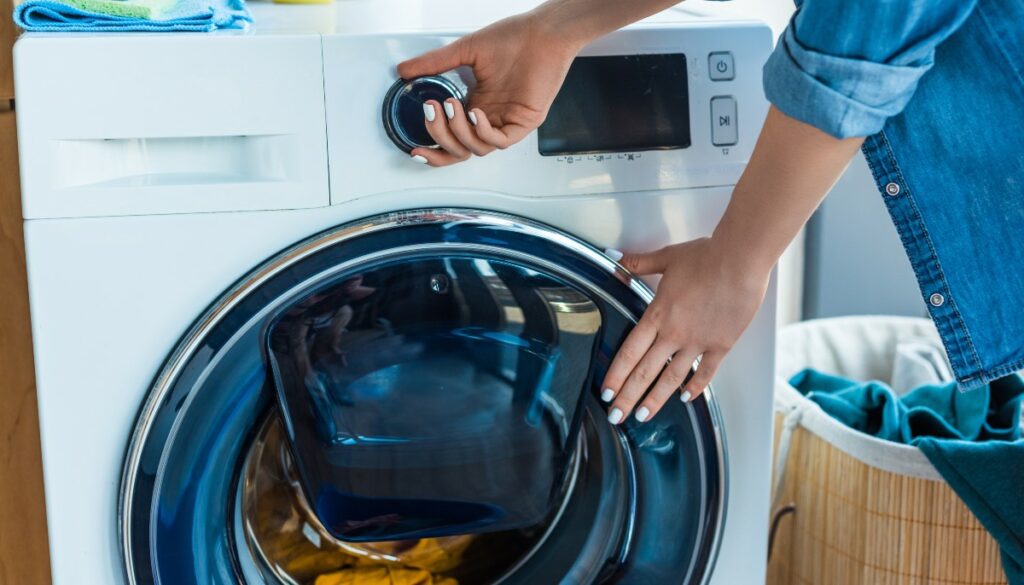
Every time you run your washing machine with hot water, it pulls extra energy. It uses energy to run, but it also needs hot water, and heating water adds to your electricity bill. If sanitizing is key, like if someone in the house is sick, just use the hot water to help stop the spread of germs.
Otherwise, though, hot water isn’t necessary. Detergents usually work just fine in cool water. Some fabrics, like delicate lace or silk, need cold water. Dark or colorful fabrics do best in cold water so they fade less. Plus, cold water won’t set in stains like hot water can. Some stains, like blood and sweat, will set into fabric with hotter water temps.


